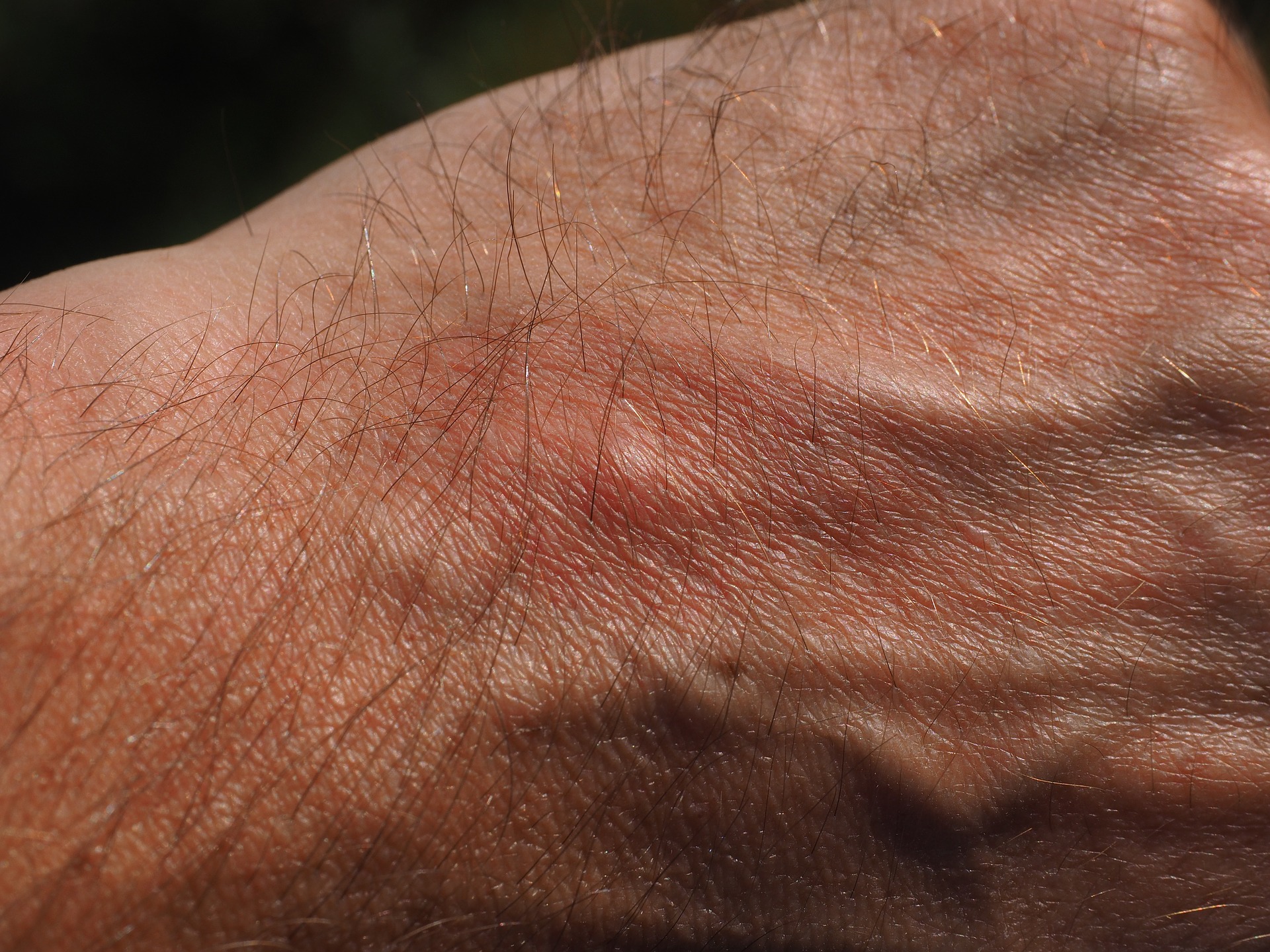Food allergy symptoms can range from mild to severe. Most people are familiar with various types of food allergies, such as peanuts or dairy. (1) And many are aware of certain food allergy symptoms, such as swelling and anaphylaxis. (2) If you’re not sure what other food allergy symptoms look like, be sure to educate yourself so you’ll be prepared, should an emergency arise. Should this happen study food allergy natural treatments in advance.
You won’t find a full list of food allergies here, but some common culprits include egg allergy, fish allergy, milk allergy, peanut allergy, shellfish allergy, soy allergy, and wheat allergy. (3)
Since symptoms of food intolerance can look like symptoms of a food allergy, people often confuse the two. With a food intolerance, you may be able to tolerate a small amount of the food in question. With an allergy, you will not be able to eat any of the food in question without having symptoms. (4)
As they could be signs of anaphylaxis, here are common symptoms of food allergy you should never ignore: (5)
1. Vomiting
This is a symptom that could be inactive of a food intolerance, such as gluten. However, it is also a symptom of a food allergy. If you vomit immediately after eating, see your doctor or allergist. If the vomiting is accompanied by other food allergy symptoms, such as rash, administer epinephrine if available and call 911. Do not hesitate. (6)
2. Stomach Cramps

If your stomach hurts after eating a particular food, it’s likely due to the fact that your stomach is having a hard time breaking it down. This could be signs of a food intolerance or allergy. (7)
3. Coughing, Wheezing, or Shortness of Breath
These could be dangerous signs of a food allergy. Use epinephrine immediately if your cough is repetitive, especially if it’s in conjunction with other food allergy symptoms, such as a stomach ache or an itchy rash. (8)
4. Trouble Swallowing
Difficulty swallowing is also called dysphagia. It is usually a sign of a problem with your throat or esophagus, the muscular tube that moves food and liquids from the back of your mouth to your stomach. Administer epinephrine immediately, should this symptom arise, and call 911. (9)

5. Swelling of the Tongue
Swelling, or angioedema of the tongue must always be taken seriously because if the swelling spreads back in the throat, it can interfere with or even entirely obstruct the airway. (10) This may result in the inability to talk or breathe. (11)
6. Weak Pulse and Dizziness
These are severe symptoms and should be addressed immediately. An allergic reaction may also include a “sense of doom.” (12)
7. Pale or Blue Skin
This is called cyanosis. It’s the lack of oxygen-rich blood, i.e., your body isn’t getting enough oxygen. (13)
8. Hives or Itchy Rash

A food allergies rash might be coupled with vomiting or upset stomach. If these symptoms occur together, administer epinephrine immediately and call 911. (14)
However, some people find their throats and mouths to be itchy after consuming raw fruits or vegetables. This may be an oral allergy to the pollen, rather than the food itself. Cooked forms of the food often don’t cause the same reaction, as the heating process kills off the pollen. (15)
It should be noted, anaphylaxis can come on within only seconds of exposure to the trigger food. (16)
If a food allergy causes anaphylaxis, it can be fatal and it must be treated with an injection of epinephrine. If you’re not sure, administer epinephrine anyway and call 911. As it is a life or death situation, it is far better to error on the side of caution. (17)
Food allergy alternatives are good to know to avoid the above symptoms. Incorporate them into a diet and be sure to ask questions when eating out.


